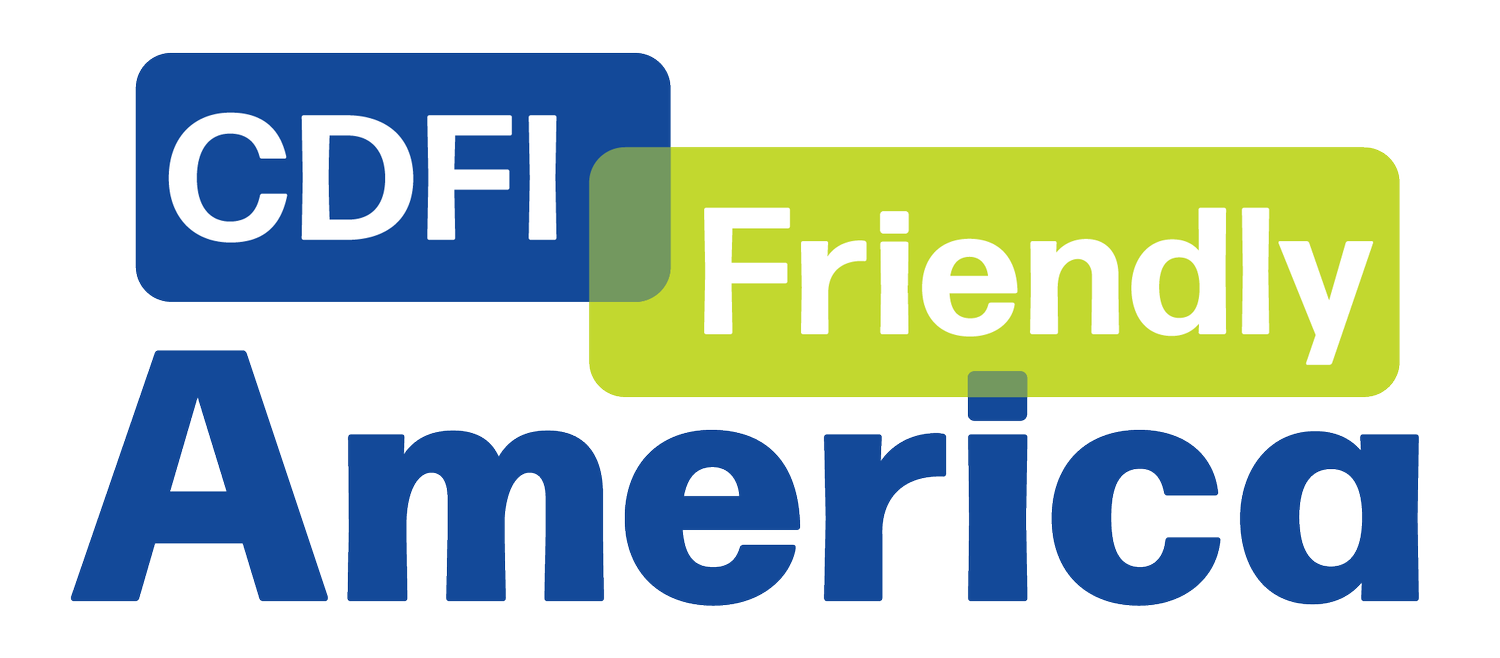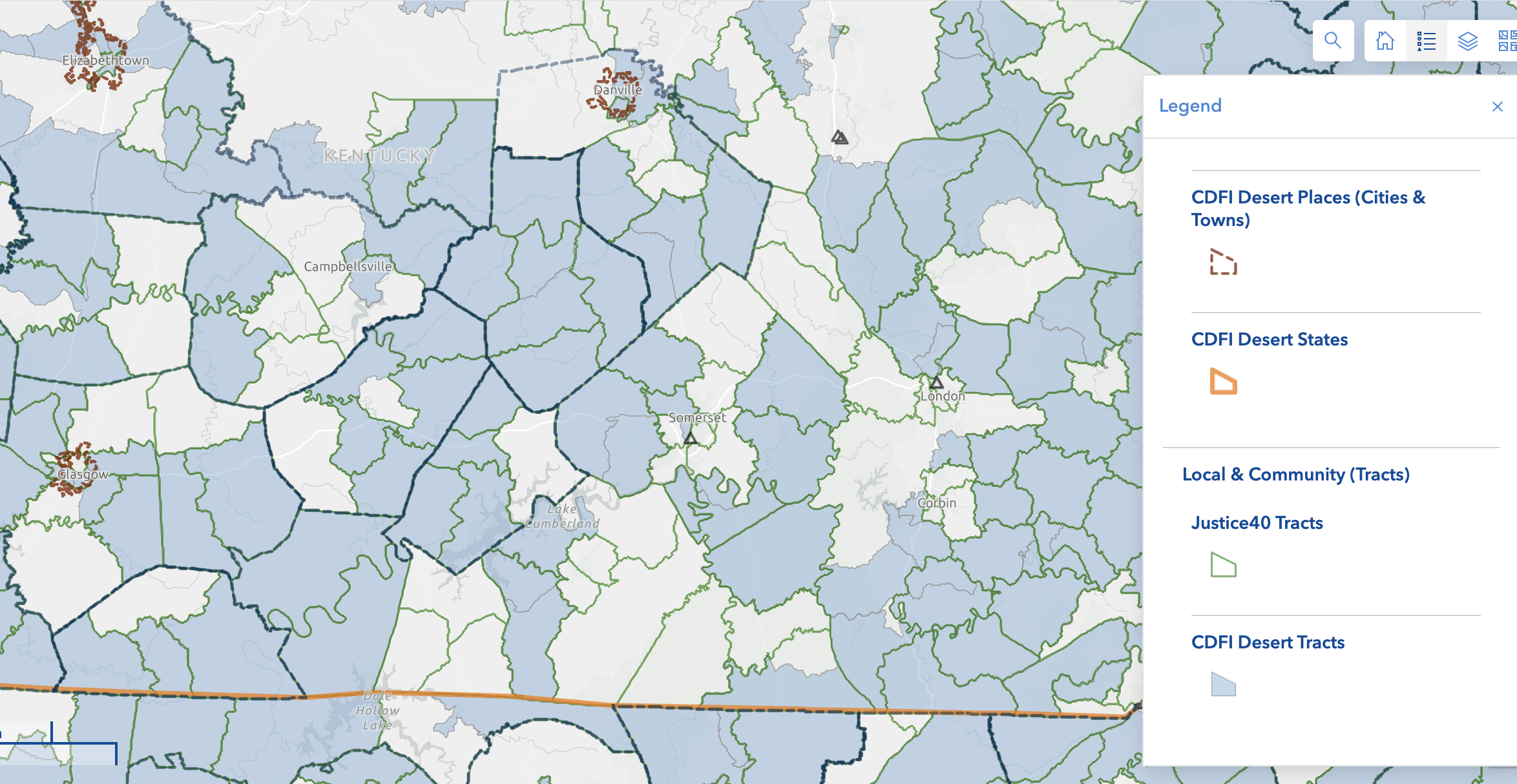CDFI Deserts Will Limit the Greenhouse Gas Reduction Fund’s Impact & Reach
The number of places that have little or no CDFI access—what we call CDFI Deserts—will limit the reach and impact of GGRF. Almost one-third of U.S. places (cities and towns with a population >10,000 people) are CDFI Deserts. Working to ensure that GGRF’s resources reach CDFI Deserts is an urgent priority for CDFI Friendly America.
A mix of CDFI networks—Opportunity Finance Network, Inclusiv, the Native CDFI Network, etc.— and large CDFIs such as Self-Help and LISC will be the main distribution channels for the Biden Administration’s once-in-a-generation Greenhouse Gas Reduction Fund (GGRF). That’s a good thing because we believe the CDFI industry will step up to meet the big challenges GGRF implementation poses.
But there is a caveat. The number of places that have little or no CDFI access—what we call CDFI Deserts—will limit the reach and impact of GGRF. Almost one-third of U.S. places (cities and towns with a population of at least 10,000 people) are CDFI Deserts. Working to ensure that GGRF’s resources reach CDFI Deserts is an urgent priority for CDFI Friendly America.
Cities as large as Houston and Miami may be left behind in this green transformation. Historically underfinanced communities ranging from Selma, Alabama, to Fresno, CA, that would reap outsized benefits from GGRF financing may, once again, fall further back.
CDFI Friendly America understands the urgency. The Environmental Protection Agency (EPA) recently signed agreements with awardees in all three GGRF programs–the Clean Communities Investment Accelerator (CCIA), Solar for All (SfA), and the National Clean Investment Fund (NCIF).
We believe the 68 awards and their awardees should prioritize green financing opportunities in CDFI Deserts (for a list of CDFI Deserts and an interactive map highlighting Justice40 areas that are GGRF priorities, visit our CDFI Market Map).
The CDFI Fund can prioritize GGRF investments in CDFI Deserts by spotlighting CDFI Deserts as “deep impact” places. Individual CDFIs should also see CDFI Deserts as high-impact opportunities to expand their markets.
For our part, CDFI Friendly America plans to introduce new strategies for accelerating the number of communities transforming from CDFI Deserts to CDFI Friendly Hubs. We plan to work with Accelerator for America (AfA) to make 60-80 cities and towns CDFI “Ready” (the first step to CDFI Friendly status) in the next 3-5 years. We expect many of those communities will become CDFI Hubs.
Our strategy over the next few years as GGRF is implemented is to work with inclusive city leadership networks such as the African American Mayors Association, Cities for Financial Empowerment, the National Conference of Mayors, and the Latino Alliance of the United States Conference of Mayors. We want Mayors and other municipal officials, as well as community leaders and community foundations, to know that there is a proven way to attract substantial amounts of CDFI financing to their cities and towns.
This is the critical first step toward our big, hairy audacious goal of eliminating CDFI Deserts by 2040.
We invite you to join us in this campaign.
Please write to us at info@cdfifriendlyamerica.com if your community is a CDFI Desert and you want to find out how to become a CDFI Friendly Hub or a CDFI Ready community.

